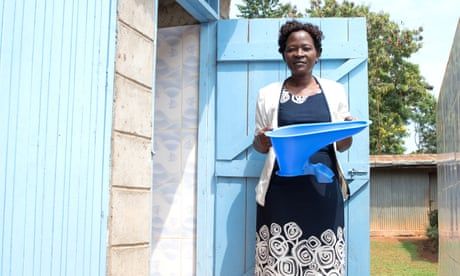
With billions of people around the world still lacking access to safely managed sanitation facilities, a simple yet creative product – the Sato toilet pan – is providing a solution for the communities that need them the most
The human cost of the global sanitation crisis is devastating: more than 1,000 children under five die every day [pdf] from diseases linked to dirty water and poor sanitation, while the educational gender gap deepens as menstruating girls often miss classes due to a lack of products as well as toilets and privacy at schools. While many of us have the privilege of not having to give it too much thought, the reality is that hygiene is the foundation of how individuals, communities and whole societies function. Inadequate sanitation and hygiene is multifaceted, costing billions for local communities and economies, while crippling opportunities for growth and development across entire regions.
‘People must be at the core of the solution’
When a small team of engineers including Daigo Ishiyama arrived at a remote village in rural Bangladesh in 2012, these were among some of the challenges they were hoping to solve. How could Ishiyama and his colleagues use their expertise in water and housing products to address the sanitation needs of disadvantaged consumers in one of the most densely populated countries in the world?